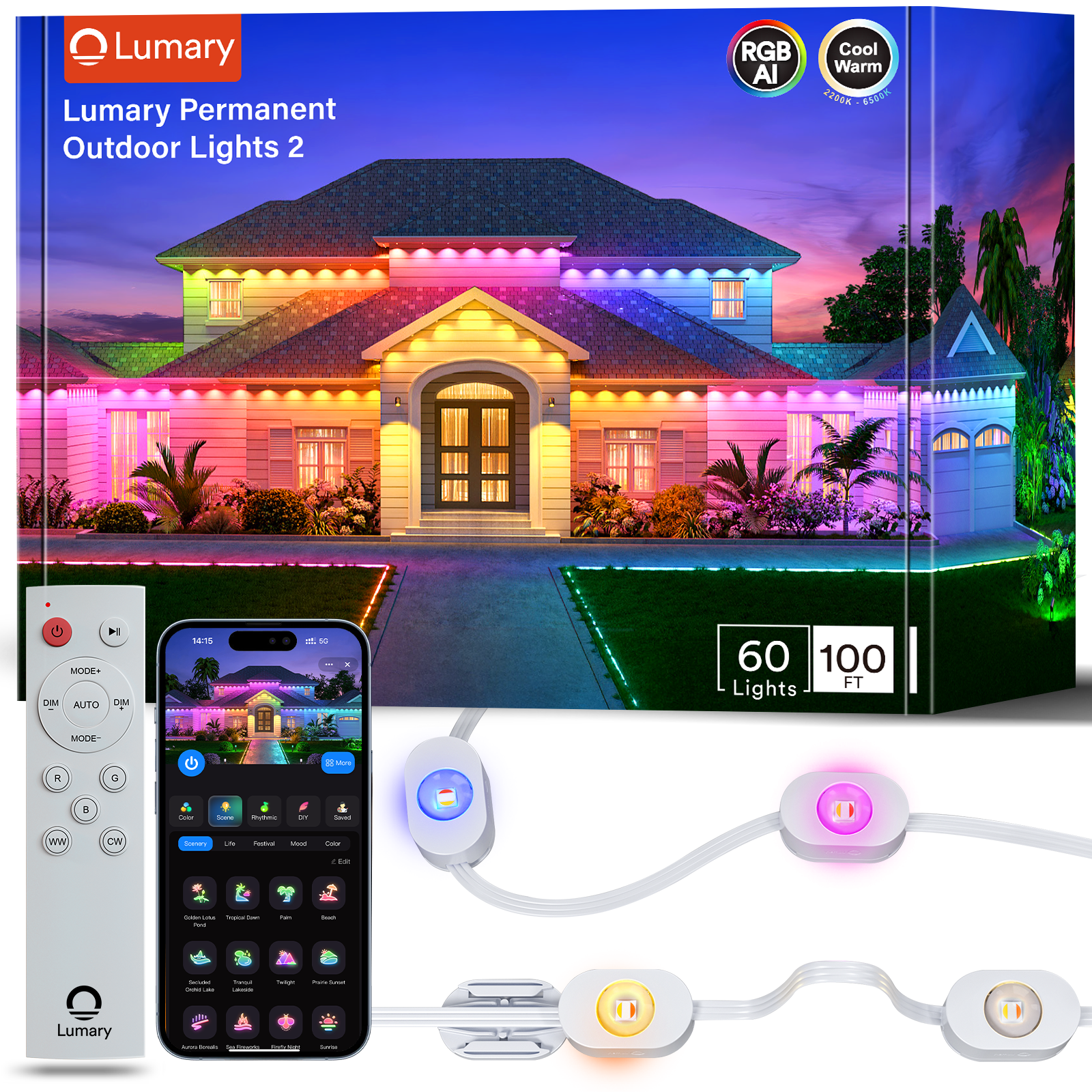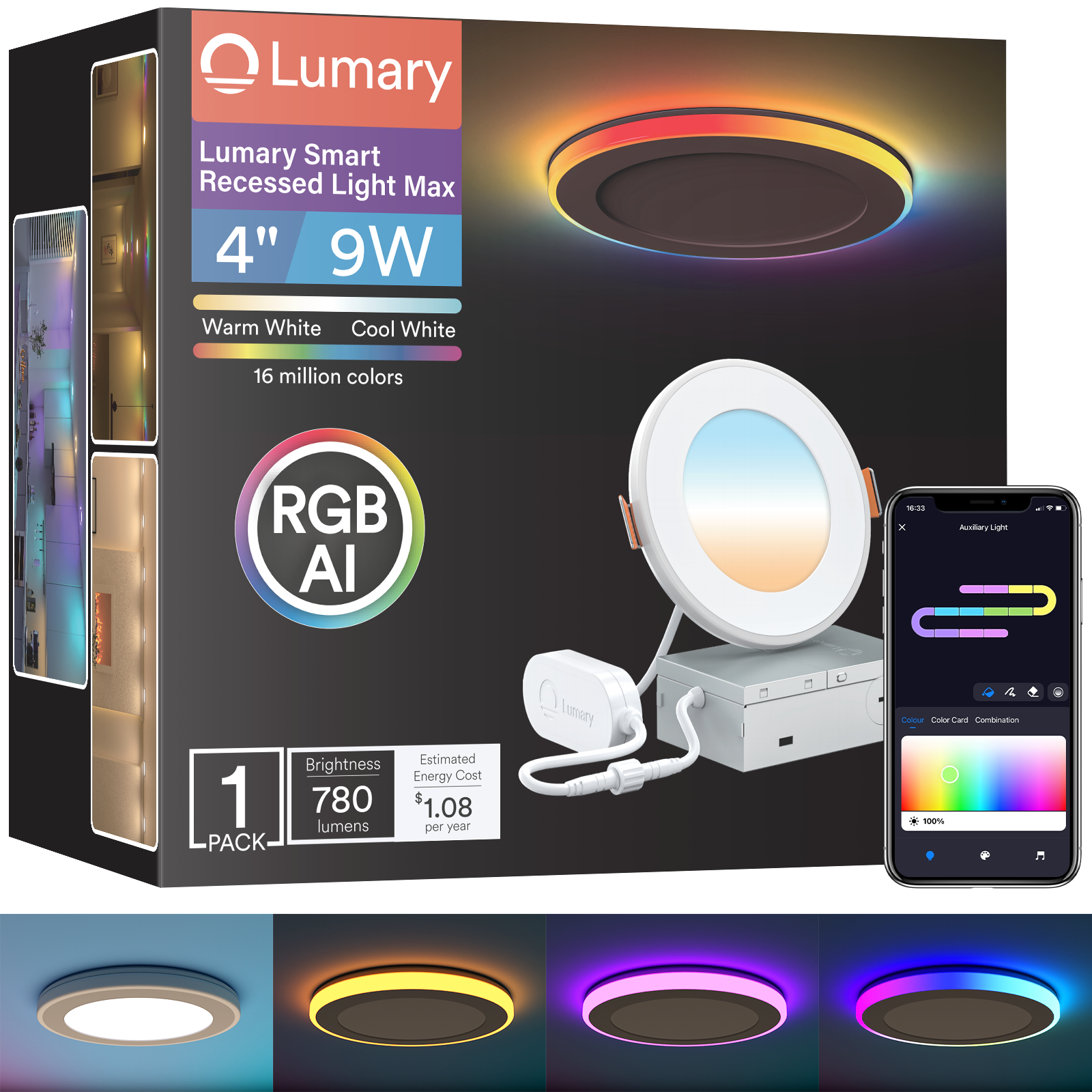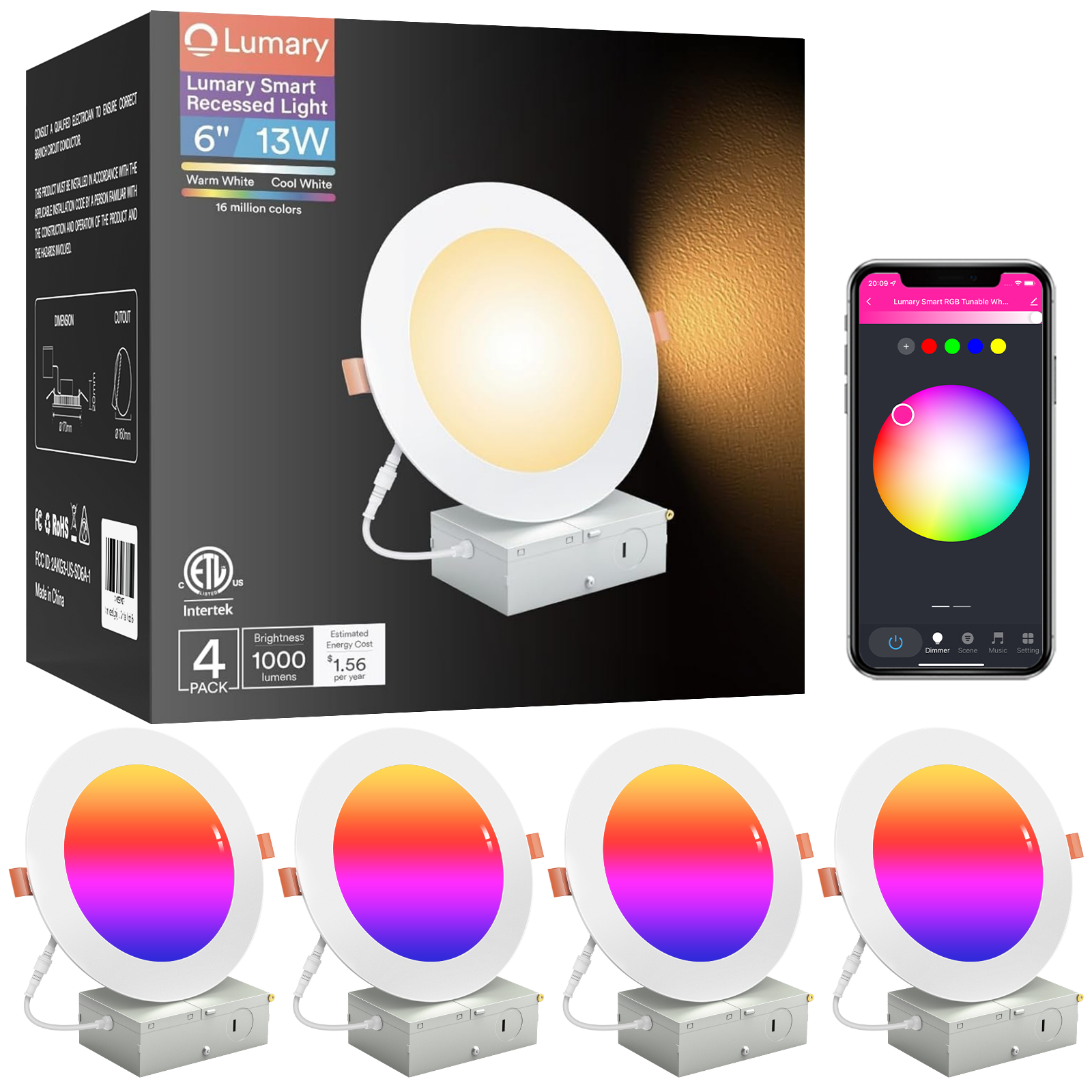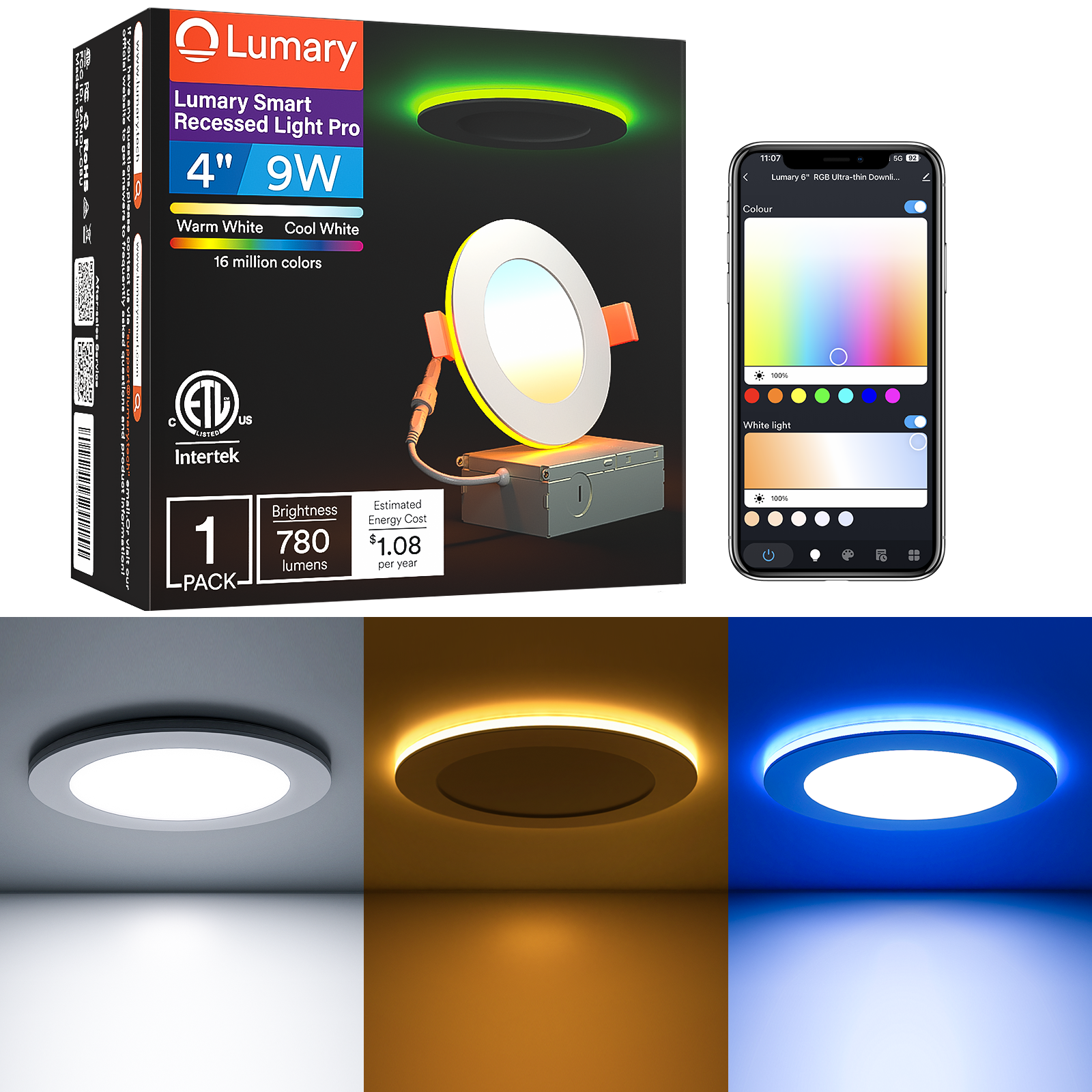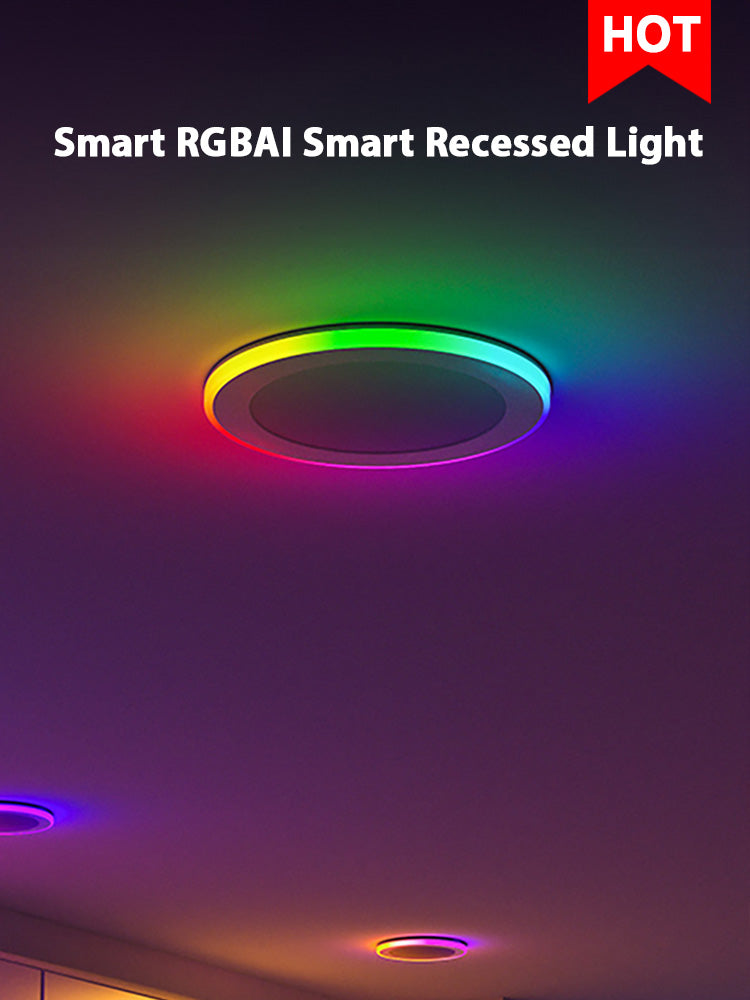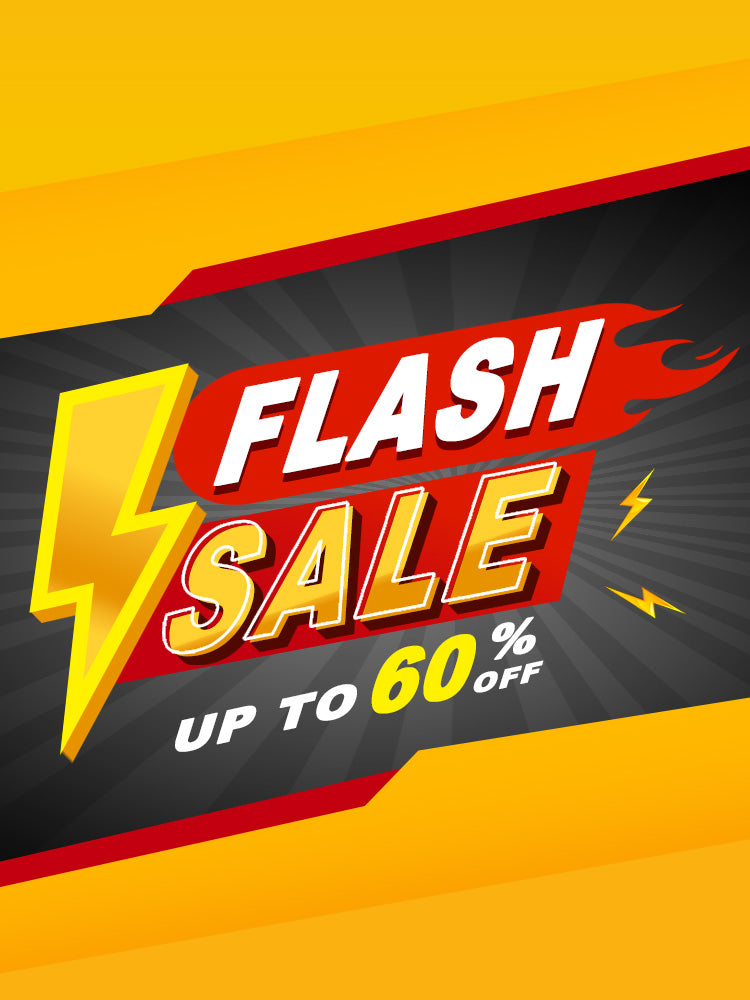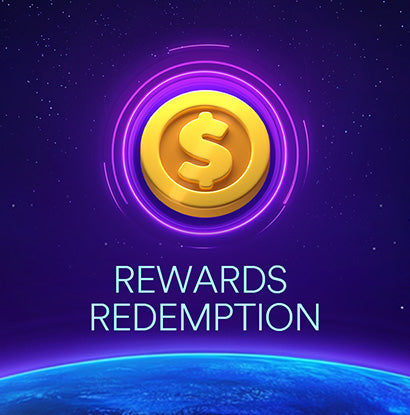Smart lights have revolutionized home lighting by offering unparalleled control and convenience. These advanced systems allow users to manage lighting remotely through wireless connections and smartphone apps. The importance of smart lights in modern homes cannot be overstated. They contribute significantly to energy efficiency, reducing electricity bills and promoting sustainability. Additionally, smart lights enhance home security and create ambient lighting that improves mood and health. With 21% of US broadband households now owning a smart lighting product, the adoption rate continues to rise, driven by the ability to connect with IoT devices and the benefits of controlled power usage.

Understanding Smart Lighting
What is Smart Lighting?
Definition and basic concepts
Smart lights represent a significant advancement in home lighting technology. These systems allow users to control lighting remotely through Wi-Fi, Bluetooth, or dedicated apps. Adjustments can be made to brightness, color temperature, and scheduling. This flexibility offers a level of customization that traditional lighting cannot match.
How it differs from traditional lighting
Traditional lighting systems rely on manual switches and fixed settings. Smart lights, however, integrate with broader smart home setups. They can synchronize with devices like thermostats, motion sensors, and voice assistants. This integration creates a cohesive and automated living environment.
Benefits of Smart Lighting
Energy efficiency
Smart lights optimize energy usage through advanced control platforms. Users can manage and monitor their lighting systems via mobile apps or voice-activated assistants. This capability maximizes daylight harvesting and offers energy-efficient solutions. Implementing these technologies significantly reduces electricity bills.
Convenience and automation
The convenience of smart lights lies in their automation capabilities. Users can set schedules, create lighting scenes, and control lights remotely. This level of automation enhances daily routines and provides unparalleled control over home lighting.
Enhanced security
Smart lights contribute to home security by integrating with other smart devices. Motion sensors can trigger lights to deter intruders. Scheduled lighting can simulate occupancy when residents are away. These features add an extra layer of security to modern homes.
Key Components of a Smart Lighting System
Smart bulbs
Smart bulbs are the cornerstone of any smart lighting system. These bulbs offer various features, including adjustable brightness and color options. Installation is straightforward, as they fit into existing light sockets.
Smart switches and dimmers
Smart switches and dimmers provide additional control over lighting systems. These devices replace traditional wall switches and offer features like remote control and dimming capabilities. Compatibility with existing wiring is crucial for seamless integration.
Hubs and controllers
Hubs and controllers serve as the central command for smart lights. A hub connects all smart devices, enabling unified control through a single app. Popular hub options include those from brands like Philips Hue and Samsung SmartThings.
Choosing the Right Smart Lighting Devices
Types of Smart Bulbs
LED vs. Incandescent
Smart lights come in various types, with LED and incandescent bulbs being the most common. LED smart lights offer superior energy efficiency compared to incandescent bulbs. LED bulbs consume less power and have a longer lifespan. This makes them a more sustainable choice. Incandescent bulbs, on the other hand, produce a warmer light but consume more energy. The higher energy consumption results in increased electricity bills. For those seeking energy-efficient solutions, LED smart lights are the preferred option.
Color-changing vs. White Light
Smart lights also offer options between color-changing and white light bulbs. Color-changing bulbs provide a range of colors and can create different lighting scenes. These bulbs enhance the ambiance of any room. White light bulbs focus on providing various shades of white, from warm to cool. These bulbs are ideal for task lighting and general illumination. Choosing between color-changing and white light depends on personal preferences and specific lighting needs.
Smart Switches and Dimmers
Features to Look For
When selecting smart switches and dimmers, several features should be considered. Smart lights controlled by switches and dimmers offer remote control capabilities. Look for devices that support voice commands and mobile app control. Dimming functionality allows for adjustable brightness levels, enhancing comfort and energy savings. Some switches offer scheduling features, enabling automated lighting routines.
Compatibility with Existing Wiring
Compatibility with existing wiring is crucial when installing smart switches and dimmers. Ensure that the chosen devices work with the current electrical setup. Some older homes may require additional wiring adjustments. Consult an electrician if unsure about compatibility. Proper installation ensures seamless integration with smart lights and other smart home devices.
Smart Hubs and Controllers
Importance of a Hub
A hub plays a vital role in a smart lighting system. The hub connects all smart lights and devices, allowing unified control through a single app. This centralized control enhances the user experience. A hub also enables integration with other smart home systems, such as thermostats and security cameras. This integration creates a cohesive and automated living environment.
Popular Hub Options
Several popular hub options are available for smart lights. Philips Hue Bridge and Samsung SmartThings Hub are among the top choices. These hubs offer robust compatibility with various smart lighting products. They provide reliable performance and extensive features. Choosing a reputable hub ensures a smooth and efficient smart lighting setup.
Installation and Setup
Preparing for Installation
Tools and materials needed
Proper preparation ensures a smooth installation process for smart lighting systems. Essential tools include:
-
Screwdrivers (flathead and Phillips)
-
Wire strippers
-
Voltage tester
-
Electrical tape
-
Ladder
-
Smartphone or tablet for app setup
Materials required depend on the specific devices being installed. Smart bulbs typically need no additional materials. Smart switches may require wire nuts and mounting screws.
Safety precautions
Safety remains paramount during any electrical installation. Always turn off power at the circuit breaker before starting. Use a voltage tester to confirm that no electricity flows through the wires. Wear insulated gloves to protect against accidental shocks. Follow manufacturer instructions carefully to avoid mishaps.
Step-by-Step Installation Guide
Installing smart bulbs
-
Turn off power: Ensure the light switch is off.
-
Remove existing bulb: Unscrew the old bulb from the socket.
-
Install smart bulb: Screw the smart bulb into the socket.
-
Power on: Turn the light switch back on.
-
Set up in app: Open the corresponding app and follow the prompts to connect the bulb to the network.
Setting up smart switches
-
Turn off power: Switch off power at the circuit breaker.
-
Remove existing switch: Unscrew the faceplate and detach the old switch.
-
Connect wires: Match the wires from the wall to the smart switch terminals. Use wire nuts to secure connections.
-
Mount switch: Screw the smart switch into the wall box.
-
Power on: Restore power at the circuit breaker.
-
Set up in app: Use the app to complete the setup process.
Connecting to a hub
-
Plug in the hub: Connect the hub to the Wi-Fi router using an Ethernet cable.
-
Power on: Plug the hub into a power outlet.
-
Install app: Download the hub’s app on a smartphone or tablet.
-
Follow prompts: Open the app and follow the instructions to connect the hub to the network.
-
Add devices: Use the app to add smart bulbs and switches to the hub.
Configuring and Customizing
Using mobile apps
Mobile apps provide centralized control over smart lighting systems. Users can adjust brightness, change colors, and create lighting scenes. Apps often offer voice control integration with assistants like Alexa or Google Assistant. Accessing these features enhances the user experience.
Setting up automation and schedules
Automation transforms how smart lights operate. Users can set schedules for lights to turn on and off at specific times. Motion sensors can trigger lights when someone enters a room. Integrating smart lights with other devices, such as thermostats, creates a seamless smart home environment. Automating lighting routines improves convenience and energy efficiency.
Practical Usage Scenarios
Smart Lighting in Different Rooms
Living Room
Smart lights in the living room enhance both functionality and ambiance. Users can create different lighting scenes for various activities such as watching TV, reading, or entertaining guests. For example, dimming the lights during a movie night creates a cozy atmosphere. Brightening the lights for social gatherings makes the space more inviting. Smart lights also allow users to adjust color temperatures to match the time of day. Cooler tones in the morning can help energize, while warmer tones in the evening promote relaxation.
Bedroom
In the bedroom, smart lights offer personalized lighting solutions that improve sleep quality and comfort. Users can set schedules for lights to gradually dim as bedtime approaches, mimicking natural sunset patterns. This helps signal the body that it is time to wind down. In the morning, smart lights can gradually brighten to simulate a sunrise, making waking up more pleasant. Additionally, voice control features allow users to turn off lights without getting out of bed, adding convenience to their nightly routine.
Kitchen
Smart lights in the kitchen provide both practical and aesthetic benefits. Task lighting is crucial for cooking and food preparation. Smart lights can be adjusted to provide bright, focused illumination on countertops and work areas. For dining, softer lighting creates a warm and inviting atmosphere. Users can also set up automation to turn on lights when entering the kitchen, ensuring a well-lit space at all times. Integration with motion sensors enhances safety by illuminating pathways during nighttime visits to the kitchen.
Outdoor Smart Lighting
Security Lighting
Outdoor smart lights play a vital role in enhancing home security. Motion-activated lights deter potential intruders by illuminating dark areas around the property. Users can set schedules for outdoor lights to turn on at dusk and off at dawn, ensuring consistent lighting throughout the night. Integration with security cameras allows for synchronized lighting and video recording, providing comprehensive surveillance. Smart lights can also be controlled remotely, giving homeowners peace of mind when away from home.
Garden and Landscape Lighting
Smart lights transform gardens and landscapes into visually stunning spaces. Color-changing bulbs can highlight specific plants or garden features, creating a dynamic and vibrant environment. Users can set up lighting scenes for outdoor gatherings or special occasions, adding a touch of elegance to the setting. Automation features enable lights to turn on at sunset, enhancing the beauty of the garden during evening hours. Smart lights also contribute to energy efficiency by allowing precise control over lighting schedules and intensity.
Integrating with Other Smart Home Devices
Voice Assistants
Integration with voice assistants like Amazon Alexa and Google Assistant enhances the functionality of smart lights. Users can control lights using simple voice commands, making daily routines more convenient. For example, saying "Alexa, turn off the living room lights" eliminates the need to manually operate switches. Voice assistants also enable the creation of routines that combine multiple smart devices. A single command can trigger a series of actions, such as dimming lights and playing relaxing music before bedtime.
Smart Thermostats and Sensors
Smart lights can be integrated with smart thermostats and sensors to create a cohesive smart home ecosystem. For instance, occupancy sensors can detect when a room is empty and automatically turn off lights to save energy. Smart thermostats can adjust heating or cooling based on the presence of occupants, optimizing comfort and efficiency. By working together, these devices create a seamless and automated living environment. Users benefit from enhanced convenience, energy savings, and improved home management.
Smart lighting offers numerous benefits and features that enhance modern living. Energy efficiency, convenience, and enhanced security stand out as key advantages. Users can control lighting remotely, set schedules, and integrate with other smart home devices.
Starting a smart lighting setup at home provides significant advantages. The ease of installation and customization makes it accessible for everyone.
Final Tips and Recommendations:
-
Begin with essential components like smart bulbs and switches.
-
Ensure compatibility with existing wiring and devices.
-
Utilize mobile apps for seamless control and automation.
Embrace the future of home lighting with smart technology.


